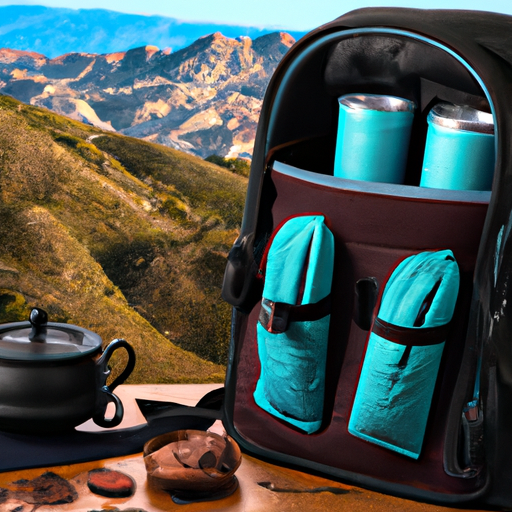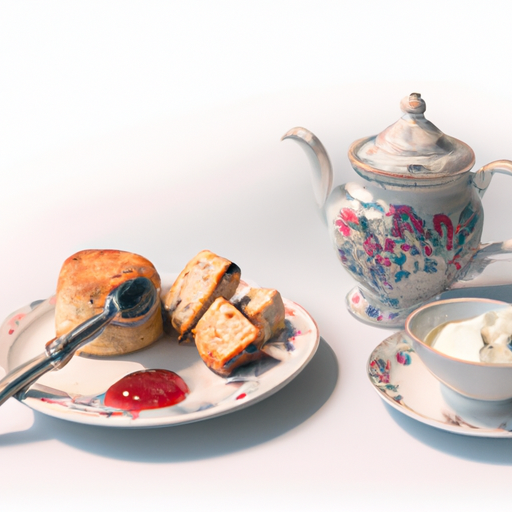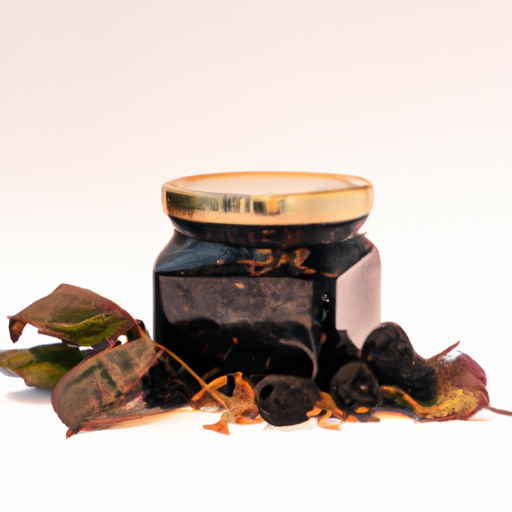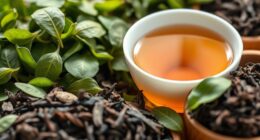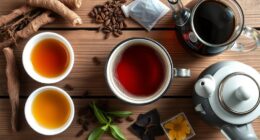Are you a tea enthusiast who can’t go without your favorite drink, even when you’re traveling? Don’t worry, I have the perfect guide for you!
In this article, I’m going to share the best ways and gear for traveling with tea, so you can enjoy a comforting cup wherever you go. Whether you’re embarking on an overnight trip, a week-long adventure, or simply heading to work or a picnic, I’ve got you covered.
From essential equipment like thermos flasks and sturdy teapots to the best tea infuser mugs, electric kettles, and travel tea tumblers, I’ll help you find the perfect gear to keep your tea game strong.
Plus, I’ll share tips for proper tea storage and suggest easy-to-steep teas that are perfect for travel. So, let’s grab our tea gear and hit the road together!
Key Takeaways
- Proper storage and avoiding crushing tea leaves are essential when traveling with loose leaf tea.
- Easygoing and simple-to-steep teas like black teas or robust oolongs are recommended for travel.
- Pre-packaged or pre-filled sachets with premium loose tea are convenient options.
- Consider bringing a thermometer for teas that require lower temperatures or leave delicate teas at home.
Best Tea Infuser Mugs
I’ve found that Tea Forte and Tea Spot offer the best tea infuser mugs for on-the-go tea enjoyment. Tea Forte’s infuser mugs are known for their elegant design and functionality. They come with a built-in stainless steel infuser, allowing you to steep your tea directly in the mug. The infuser can be easily removed, making it convenient for cleaning.
On the other hand, Tea Spot’s infuser mugs are made of high-quality borosilicate glass, which is durable and heat-resistant. The glass material allows you to see the beautiful colors of your tea as it brews. However, it’s important to note that glass tea tumblers can be more fragile compared to their stainless steel counterparts.
Overall, both Tea Forte and Tea Spot offer excellent options for tea lovers who want to enjoy their favorite brew on the go.
Best Electric Tea Kettle
The Bonavita and Cuisinart electric tea kettles are highly recommended for their efficient performance. Here are three reasons why they’re the best choices for your on-the-go tea needs:
-
Quick and convenient: These electric tea kettles heat up water rapidly, allowing you to enjoy a hot cup of tea in no time. Whether you’re in a rush or simply want to save time, these kettles deliver.
-
Temperature control: Both the Bonavita and Cuisinart tea kettles offer precise temperature control, ensuring that you can brew your tea at the perfect temperature for optimal flavor extraction. No more guesswork or burnt tea leaves.
-
Safety features: These kettles are equipped with safety features such as automatic shut-off and boil-dry protection, giving you peace of mind while using them. You can focus on enjoying your tea without worrying about accidents.
When choosing the right electric tea kettle, consider factors such as capacity, material, and ease of use. Look for kettles with a sizable capacity to accommodate your tea-drinking needs, durable materials for long-lasting performance, and user-friendly features for effortless brewing. With the Bonavita and Cuisinart electric tea kettles, you can elevate your on-the-go tea experience to new heights.
Best Travel Tea Tumbler
One surprising fact is that the Tea Spot Mountain Tea Tumbler was the winner of the 2018 World Tea Award. This travel tea tumbler is not only stylish but also highly functional. It is made with durable and easy-to-clean materials, ensuring that it can withstand the rigors of travel. The stainless steel basket infuser allows for easy brewing of loose leaf tea, while the double-walled construction keeps the tea hot for hours. The leak-proof seal and screw-on lid prevent any spills, making it perfect for on-the-go use. When choosing a travel tea tumbler, it is important to consider factors like insulation, size, and ease of cleaning. Investing in a high-quality tumbler like the Tea Spot Mountain Tea Tumbler ensures that you can enjoy your favorite tea wherever you go.
| Benefits of using a travel tea tumbler | How to choose the right travel tea tumbler |
|---|---|
| Keeps tea hot for hours | Consider insulation and size |
| Easy brewing of loose leaf tea | Look for easy-to-clean materials |
| Leak-proof design | Choose a tumbler with a secure lid |
Best Travel Tea Set
When looking for a travel tea set, it’s important to consider the portability, durability, and functionality of the teaware. Here are three essential items to consider:
-
Best Tea Filter Bags: Bstean tea filter bags are a top choice for traveling with tea. These large-sized bags are made of unbleached natural paper and feature a convenient drawstring design. They’re perfect for steeping loose leaf tea on the go while ensuring a mess-free experience.
-
Best Hot Water Thermos: The THERMOS stainless steel vacuum insulated thermos is a must-have for tea lovers on the move. With its ability to keep liquids hot for 24 hours and a large capacity, it ensures you always have hot water ready for brewing your favorite tea wherever you are.
-
Additional Tips: When packing your travel tea set, remember to store your tea in a tea canister or bag to prevent any spills or damage. It’s also helpful to bring along a thermometer if you enjoy teas that require specific water temperatures. With these essential items, you can enjoy a delightful cup of tea no matter where your travels take you.
Frequently Asked Questions
Can I bring loose leaf tea on a plane?
Yes, you can bring loose leaf tea on a plane. It’s a great way to enjoy the benefits of drinking tea while traveling. Just make sure to store it in a sealed tea canister or bag for safety.
What are the best teas for travel that can handle boiling point water?
When it comes to traveling, I need teas that can handle boiling water. My top picks are robust black teas and oolongs. To make it easy, I use portable tea infusers like Tea Forte and Tea Spot. They’re perfect for on-the-go tea lovers like me!
Are there any restrictions on bringing tea leaves made from Camellia sinensis when traveling internationally?
Tea import regulations vary by country, but generally, travelers can bring any quantity of tea leaves made from Camellia sinensis without restriction. However, it’s important to be aware of smuggling cases and follow the customs guidelines to avoid any issues.
What are some alternative beverages to try if I can’t find good tea while traveling?
If you can’t find good tea while traveling, there are plenty of alternative beverage options to explore. Consider trying coffee substitutes or herbal infusions, like chamomile or peppermint, for a delightful and refreshing experience.
Are there any recommended books or resources for learning more about tea?
There are several excellent books and online resources available for those interested in learning more about tea. Some recommended books include "The Tea Book" by Linda Gaylard and "The Story of Tea" by Mary Lou Heiss and Robert J. Heiss. Online resources such as TeaMuse and World of Tea provide comprehensive information and resources for tea enthusiasts.
Conclusion
In conclusion, traveling with tea doesn’t have to be a hassle. With the right gear and preparation, you can enjoy your favorite beverage on the go.
From the best tea infuser mugs to electric tea kettles and travel tea tumblers, there are plenty of options to choose from. One option that stands out is the Tea Spot Mountain Tea Tumbler, which is as durable as a rock and as easy to clean as a breeze.
Remember to store your tea properly and consider easy-to-steep varieties like black teas or robust oolongs. And when you’re not traveling with tea, don’t forget to explore the local teas wherever you go.
Happy tea travels!

